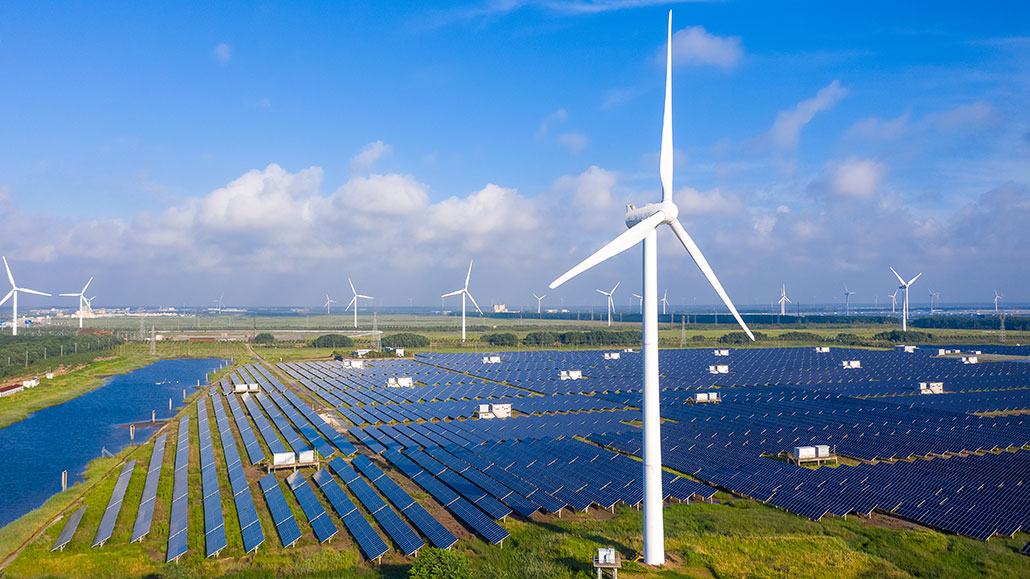Renewable Energy
What is Renewable energy?
Renewable energy, often known as clean energy, is produced from natural resources or processes. Sunlight, wind, rain, tides, and geothermal heat are some of the renewable resources. Types of Renewable energy
- Solar energy
Solar cells are made from silicon and various other materials that transform sunlight into electricity.
- Geothermal energy
It is the heat that comes from the earth's subsurface. It is reserved in the rocks and fluids underneath the earth’s crust and can be found as far down as the earth’s hot molten rock, magma.
- Wind energy
It is the procedure of generating power through wind. The kinetic energy is transformed into mechanical power through wind turbines.
- Biomass
The organic resources that come from plants and animals that are used as fuel to produce heat or electricity. When biomass is burned, chemical energy is released as heat and converted into electricity using a steam turbine.
- Hydropower
Hydropower depends on the water, mainly the fast-flowing water in a large river, and converts the force into electricity by spinning a generator’s turbine blades. Hydropower is the most significant renewable energy source for electricity in the United States. Source- nrdc.org
Growth of Renewables Industry
Renewables will account for 55% of the total installed power capacity by 2030. The country has set a goal of achieving the capacity of 175 GW worth of renewable energy by the end of 2022, intended to increase to 450 GW by 2030. To encourage rooftop solar panels across the country, particularly in rural areas, the Ministry of New and Renewable Energy has decided to launch Rooftop Solar Programme Phase II in July 2021, with a goal to install 4,000 MW of RTS capacity in the residential segment by 2022. The government aims at building a "Green City" in each state by utilising renewable energy resources. The Green City will promote environment friendly resources by installing solar panels on the roofs of each home, as well as solar parks and electric mobility - enabled public transportation. Source- ibef.org
Government schemes Jawaharlal nehru national solar mission.
This scheme was established in January 2010 by prime minister Dr. Manmohan Singh. this mission aims to reduce the cost of solar power generation and install 20,000MW of grid-connected solar power via-
- Long-term policy
- Large-scale deployment goals
- Research and Development
- Domestic production of raw materials
Solar park scheme This scheme offers financial support by the government of India to establish solar parks to facilitate the design of infrastructure required for new solar power projects in terms of allotment of land, transmission,access to roads, availability of water, etc
UDAY SCHEME
Ujjwal Discom Assurance Yojna was launched in November 2015 as a revival package for India's electricity distribution businesses initiated by the Government of India to find long-lasting solar power solutions to the economic collapse that the power distribution was experiencing. Source- amplussolar.com
How can Valuqo Capital help?
Valuqo Capital professionals have their expertise in renewables, gases, and project financing with current technologies. Valuqo Capital is working towards a future where Green Hydrogen will be a widely adopted fuel and store of energy with applications ranging from large-scale process industries to terrestrial and marine transport to personal mobility. Valuqo Capital aims to play at the intersections of the latest technological innovations.

